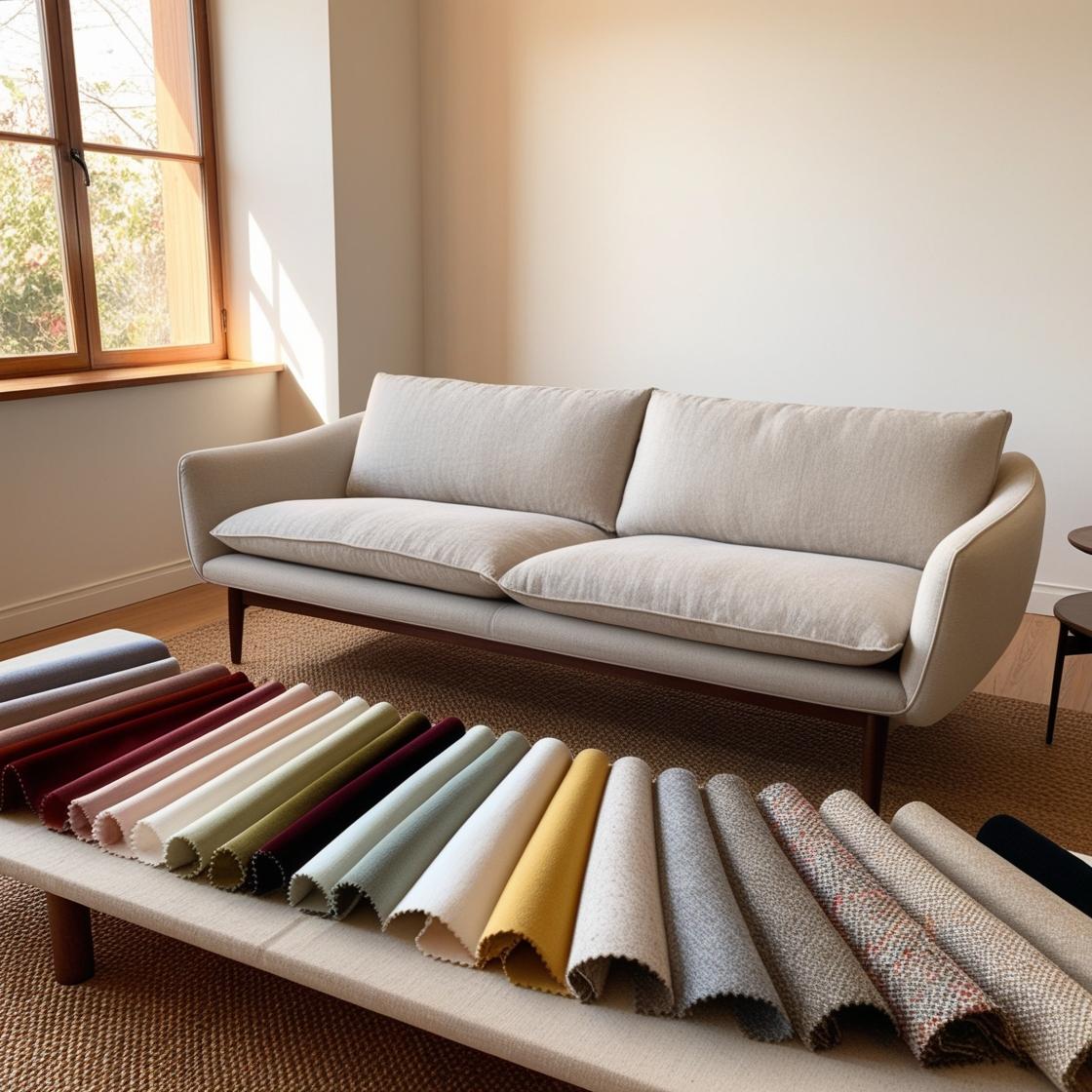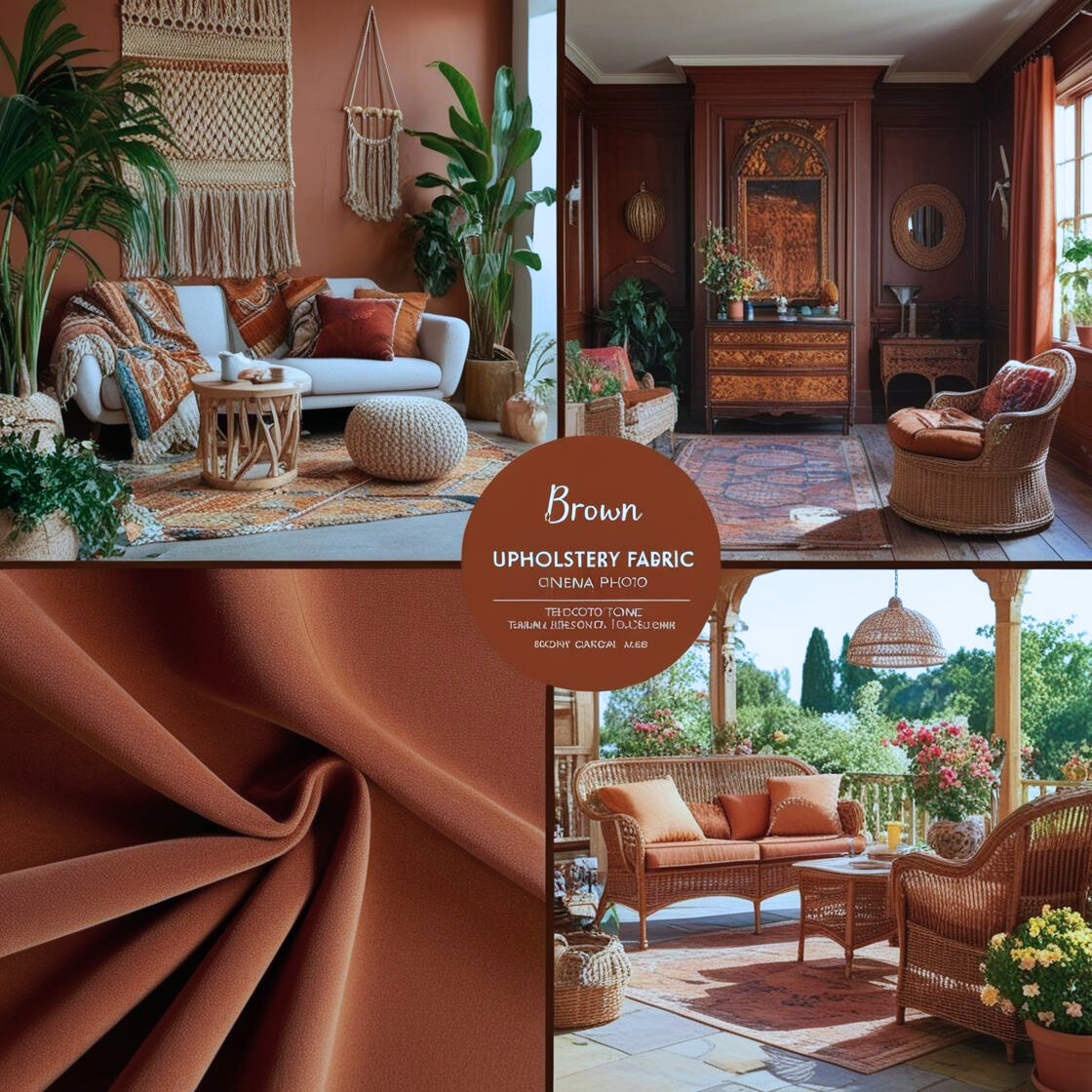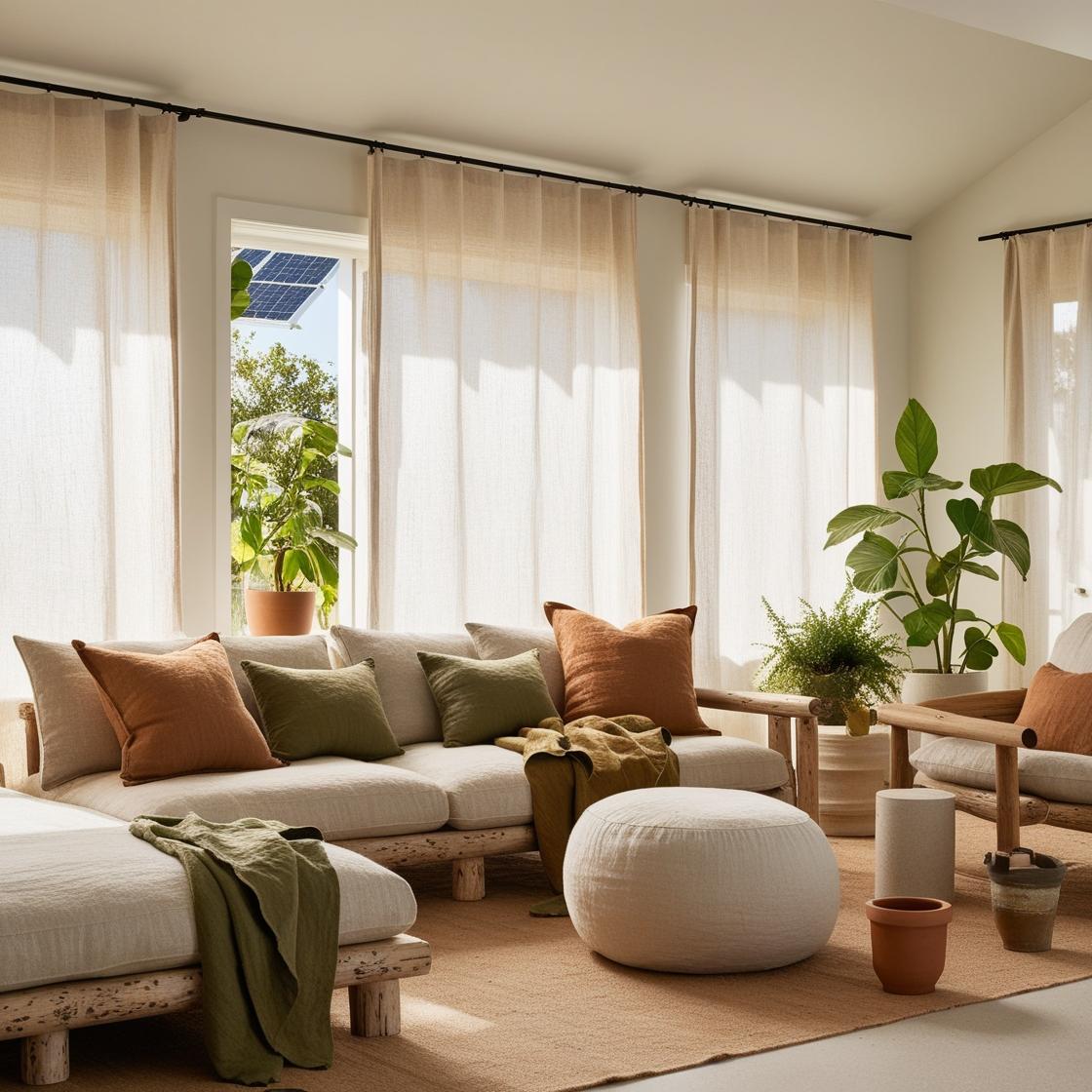The one huge question you have to ask when investing in a new sofa or reupholstering an old favorite one is: Which is the best fabric to use for a sofa? In a marketplace with lots, choosing the perfect fabric for upholstering furniture can seem like a battle. But aesthetics, durability, comfort, and practicality are affected by your fabric choices as well as how the sofa feels, looks, and lasts.
Let us take a look at this ultimate guide to sofa fabric where we discuss the materials, comfort, maintenance, and reason why knowing the size of your sofa is important before choosing the best material to upholster a sofa.
Knowing Your Couch Dimensions Before Deciding On The Couch Fabrication
Even before you start checking out samples, it is important you understand on couch dimensions. Why? Although the size of your sofa also can affect how much of fabric you are going to use, it can also influence the choice of fabric.
Let’s break it down:

• In the USA average couch dimensions include 84” wide, 38” deep, and 34” high.
• Standard couch sizes may be 72-96 inches in width, depending on design.
• The standard sizes of a couch include the back height, the seat depth, and the arm height, all important measurements taken when making fabric cuts.
• Have a corner unit? Then, you will need to know what the average dimensions of your sectional couch are, which is average, starting around 95 inches x 95 inches.
• l shaped couch dimensions tend to be bigger, typically going 120 inches on the longer side.
• For those who plan on custom furniture placement do not forget about sofas table dimensions, which typically are 48 inches wide and 16 – 20 inches deep that would be helpful to remember to plan materials and accessories accordingly.
Why it matters: The more excessive the sofa, the greater the abuse on fabric; thus, the more durable your material must be.
Fabric for Upholstering Furniture: What Are Your Options?
When choosing a fabric for upholstering furniture, you will run into many varieties of natural and synthetic materials. Everyone has their advantages and their disadvantages. Here's a quick rundown:

1. Cotton
• Pros: Breathable, soft, natural
• Cons: More stain and wrinkle-prone.
• Best for: Informal, traditional scenes where comfort is of importance
2. Linen
• Pros: Eco-friendly, strong natural fibers
• Cons: Nuanced to easily wrinkled, hard to clean.
• Best for: Light-use areas or formal rooms
3. Velvet
• Pros: Luxurious, rich texture, dramatic flair
• Cons: Shows marks, high maintenance
• Best for: Glamorous interiors and showpiece sofas
4. Leather
• Pros: Timeless, durable, easy to clean
• Cons: Can be expensive, not pet-friendly
• Best for: High-traffic areas, family-friendly spaces
5. Microfiber
• Pros: Budget-friendly, resistant to stains, soft
• Cons: Can appear cheap in the long run if poorly maintained.
• Best for: Families with kids or pets
6. Performance Fabrics (Crypton, Sunbrella, etc.)
• Pros: Engineered to last, stain resistant, UV protected.
• Cons: Limited texture variety, more expensive
• Best for: Outdoor seating or creating messes (indoor areas)
best fabric to upholster a sofa: Factors to Consider
Therefore, what is the truly best fabric to upholster a sofa? The answer isn’t one-size-fits-all. Instead, ask yourself the following:
Q1: Who is going to use the sofa?
• Kids or pets? Microfiber or leather might be your best option.
• Adults only? Cotton linen blends provide a comfortable level of wear and tear.
Q2: When will it be used frequently?
• Daily use: Weave with performance fabrics or sturdy fabrics.
• Occasional seating: Velvet or linen can do miracles.
Q3: Where is the sofa to be put?
• Near windows? Choose fade-resistant fabrics such as Sunbrella.
• In a high-humidity space? Look for mildew-resistant options.
And this filter system assists you to relate lifestyles to the correct fabric – and that’s how you win sofa fabric showdown.

Sofa Dimensions to the corresponding Fabric Types
Knowing your dimensions of a couch is therefore a great way to know how much material you will need. For example:
• Average dimensions of couch: Depends on the cushion depth and tufting – 12-16 yards of fabric.
• The standard dimensions of a couch include the back height, seat depth, and arm height—all essential when measuring fabric cuts.
• Dimensions of sectional couch: Can need not more than 25-30 yards, but if it contains recliners or chaise sections, then it can take space upto that.
• L-shaped couch dimensions: Traditionally calls for some coordinated fabric types between sections – image maybe a matching palette in the performance fabric and velvet cushions.
Pro Tip: Always add 1 – 2 extra yards because of pattern matching, errors, or future repairs.
Real-Life Scenarios: What Fabric Wins?
Let’s set a few typical real-life scenarios and compare which fabric holds the best.
Scenario 1: Household with a young family in a busy family home
• Couch type: Large sectional
• Use: Daily lounging, pets, snack spills
• Best fabric for upholstering a sofa here: Microfiber or performance fabrics
Scenario 2: Urban Apartment with Stylish Couple
• Couch type: Standard loveseat
• Use: Occasional entertaining
• Best fabric: Velvet or leather for luxury, as little maintenance is needed.
Scenario 3: Suburban Home with Mixed Use
• Couch type: L-shaped modular
• Use: Daily + weekend guests
• Best fabric: Cotton-poly with slipcovers or high-quality linen
Moral of the story? A choice of the correct fabric is not one of the senses of touch or color – it is a lifestyle decision.
How to Select Fabric Like a Pro (Top 5 Tips)
1. Know Your Sofa Dimensions: Whether average couch size or a standard couch size, measure before you purchase.
2. Ask for Samples: Don’t judge a fabric from a screen; get real swatches.
3. Test for Durability: Find rub count or durability rating (Martindale or Wyzenbeek test).
4. Think Maintenance: Can it be machine-washed? Is it stain resistant?
5. Mix and Match: Merge the two kinds of fabrics – a strong base (cotton) and plush pillows (chenille or linen).
Don’t Ignore the Details: Couch Table Dimensions Matter Too
Be sure to keep in mind when dressing up your living room, that couch table sizes should match your sofa. Too big or too small and it sets off the balance. Normal coffee tables measure 16” to 18” high and its length should be approximately two-thirds that of your couch. Make sure you select complementary textures, if your sofa is made from linen maybe wood or glass table may be a contrast one.
Sofa upholstery fabric is where major changes will arise. (Trends in 2025)
• Eco-Friendly Materials: Recycled polyester, organic cotton, and bamboo blends are becoming a trend.
• Tech-Savvy Textiles: Fabrics having stain-resistant, moisture-wicking, and self clean are trending currently.
• High-Contrast Textures: Imagine smooth leather sofas with boucle cushions or matte velvet together with raw wood tables.
By combining these trends with what you know about normal couch dimensions and habits regarding use, ensure your sofa is durable and fashionable by the time your child is ready to use it.
Final Word: Which Fabric Wins?
There is no chosen one from the scrum of sofa fabrics – the winner varies depending upon your lifestyle or home arrangement, or even your mood, or even the way you know your dimensions of a couch. But if you are looking for overall performance, comfort, and looks, performance fabrics or cotton-poly blends often win the crown.
So the next time you’re looking at that reupholstery project or looking to purchase a new sectional, call this guide along. Double-check your measurements, swatch your colors multiple times, and think outside of color—it is after all in the end, the most perfect fabric to upholster a sofa is one that suits your life as well as your living room.



